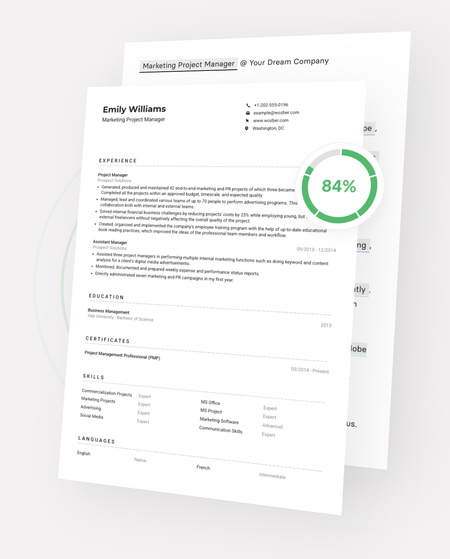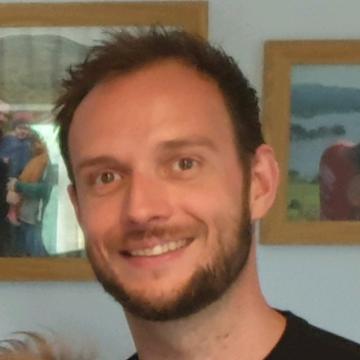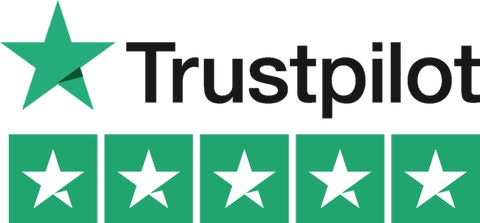From Code to Cloud: Scaling Engineering Excellence
In the latest episode of our Final Round webinar series, Hande Ormen, Co-Founder and CMO of Tech Interview Coaching, sat down with Sid, an accomplished former Principal Engineering Manager from Microsoft. Together, they explored what it takes to build, scale, and succeed in the cloud era.
About the author: Chief Marketing Officer, entepreneur, founder, and mentor empowering businesses and individuals through strategy and coaching. Book time with them here.

In today’s rapidly evolving tech world, cloud-native architecture is more than just a buzzword—it’s a critical component of modern engineering. In the latest episode of our The Final Round webinar series hosted by Tech Interview Coaching, Hande Ormen, Co-Founder and CMO of Tech Interview Coaching, sat down with Sid, an accomplished former Principal Engineering Manager from Microsoft. Together, they explored what it takes to build, scale, and succeed in the cloud era.
Hande introduced Sid, highlighting his impressive journey: multiple years at Microsoft, patents in cloud computing, and significant experience interviewing and coaching candidates for FAANG-level positions. Sid’s deep expertise in system design, algorithms, distributed systems, and leadership coaching made him the perfect guest for this crucial conversation.
Why Cloud-Native Matters
Sid broke down why cloud-native architecture is pivotal today:
-
Scalability, resiliency, and speed are the lifeblood of modern systems.
-
Microservices architecture ensures flexibility: if one service fails, the whole system doesn’t collapse.
-
Containers and orchestration (like Kubernetes) optimize hardware usage and streamline development.
-
Security, performance, and cost optimization are not optional—they are critical pillars for every modern cloud application.
Sid also drew from his experience managing Azure JIT services, a core part of Microsoft’s Azure ecosystem, serving 80 global regions.
Real-World Lessons from Microsoft
Sid shared a behind-the-scenes look at solving real-world challenges:
-
A Severity 2 (SEV2) incident due to overwhelming traffic load caused service degradation. Diagnosing and solving the issue involved understanding Swiss Cheese models in distributed systems—where multiple small failures align to cause a major incident.
-
Auto-scaling, though powerful, can still lag behind exponential surges in traffic if not correctly configured.
-
During major migrations (like moving from Cosmos DB to a relational SQL system), unexpected technical hurdles such as implementing optimistic concurrency control (ETag) had to be solved.
Sid emphasized that scalability and security require meticulous planning, not just good intentions.
Career Tips for Aspiring Cloud Engineers
For those looking to break into cloud engineering, Sid outlined a practical path:
-
Master the fundamentals: Linux basics, networking, Git, security concepts.
-
Get hands-on with cloud platforms: Pick one — AWS, Azure, or GCP — and build real projects.
-
Learn infrastructure as code tools like Terraform.
-
Contribute to open-source projects for deeper experience.
-
Focus on depth over breadth: Knowing a few areas deeply is better than shallow familiarity with many.
He also emphasized that real-world project experience beats certifications alone when it comes to impressing hiring managers.
What Hiring Managers Are Looking For
When Sid hired engineers at Microsoft, he looked for:
-
Structured thinking under pressure: Can you break down a complex problem?
-
Strong communication skills: Can you think out loud, clarify assumptions, and engage collaboratively?
-
Real technical depth: Personal GitHub projects matter, but open-source contributions are even more impactful.
Behavioral traits like humility, curiosity, and succinctness were just as critical as technical excellence.
Navigating Modern Cloud Challenges
Sid answered critical questions from the audience:
-
Managing monolith to microservices transitions requires strong service mesh implementation, observability, and careful architecture.
-
IAM (Identity and Access Management) is crucial for securing cloud services.
-
Remote work is still possible in cloud engineering, but junior engineers often benefit from on-site mentorship.
He also emphasized that while engineering roles have been more resilient during tech downturns, continuous learning and delivering high-quality results are essential for career survival and growth.
Sid’s Must-Read Book Recommendations
Sid recommended these essential reads:
-
Distributed Systems by Andrew Tanenbaum — the bible for understanding complex systems.
-
Introduction to Algorithms — foundational knowledge for every software engineer.
-
The First 90 Days — for successfully onboarding into a new role.
How to Win Friends and Influence People — a timeless guide to professional relationships.
Watch the Full Webinar
This episode was packed with practical insights for engineers at all stages of their careers. Whether you’re trying to break into cloud computing, grow as a systems architect, or simply scale your engineering excellence, Sid’s advice provides a clear and actionable roadmap.
About the author: Hande Ormen
Chief Marketing Officer, entepreneur, founder, and mentor empowering businesses and individuals through strategy and coaching. Book time with them here.










